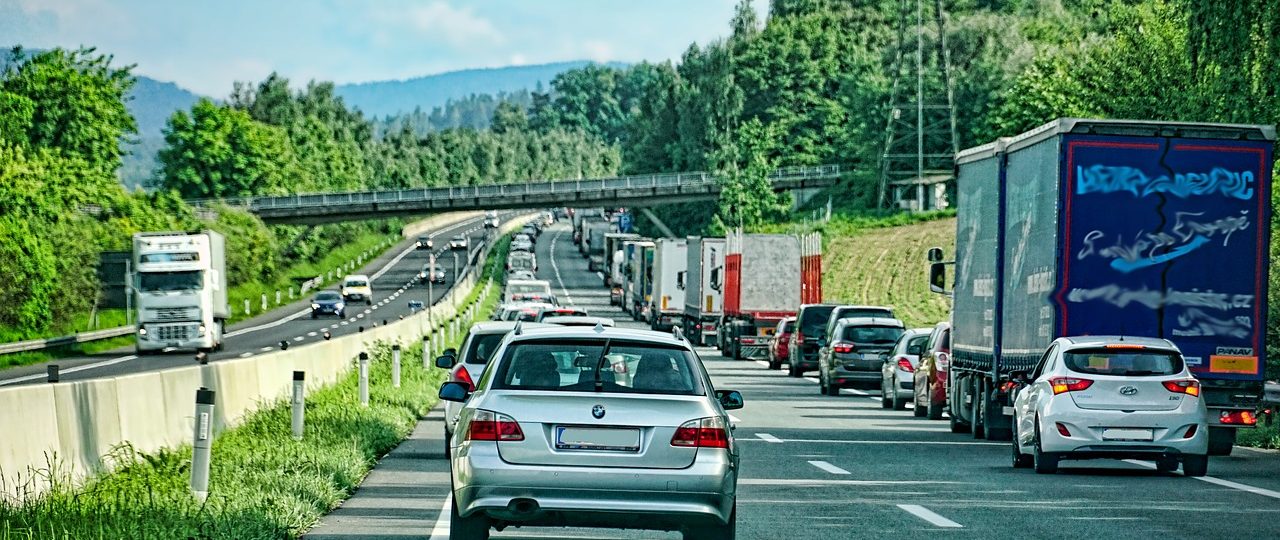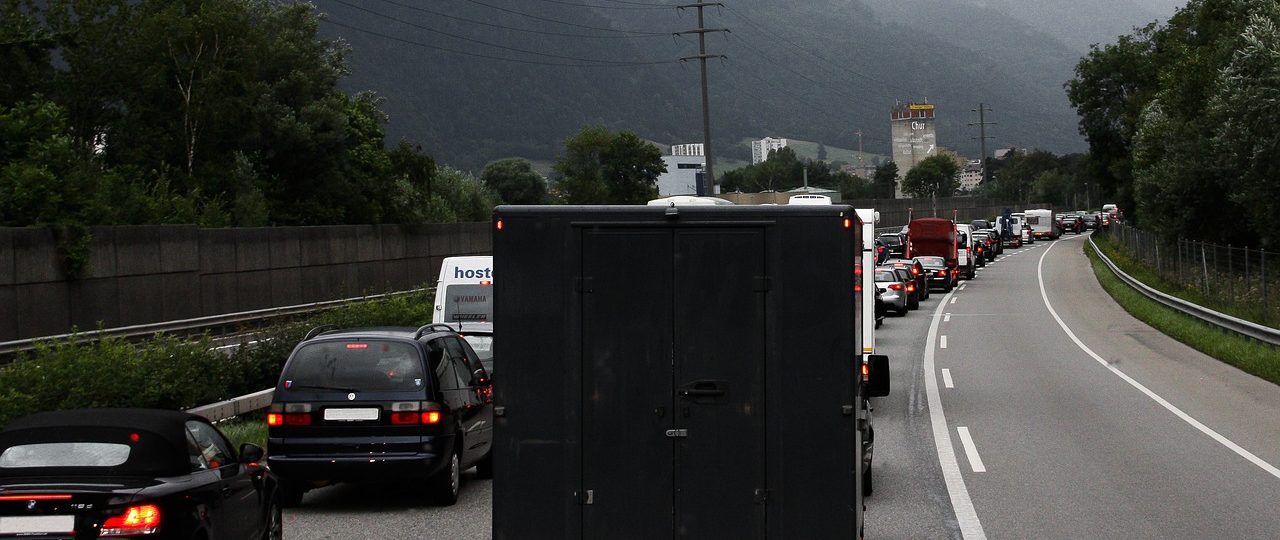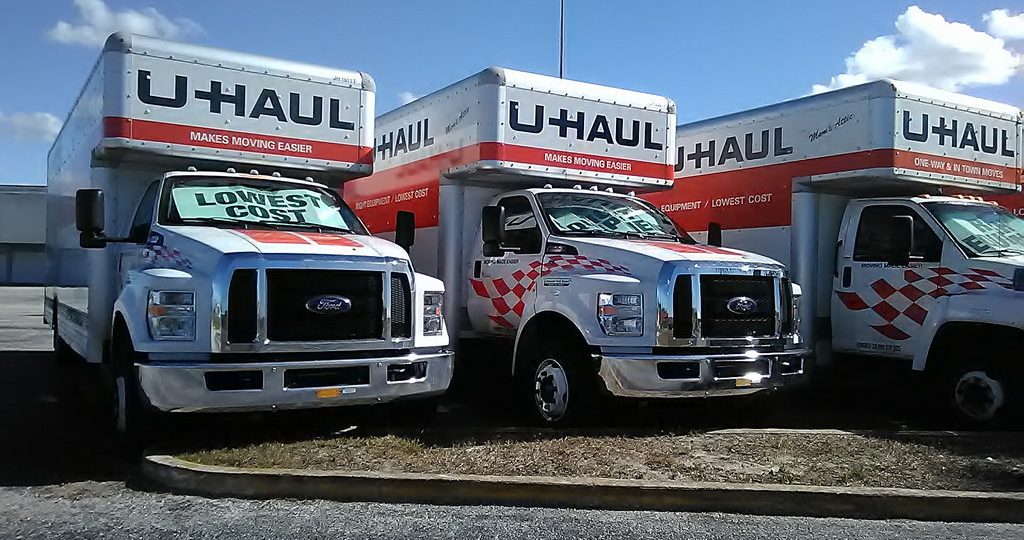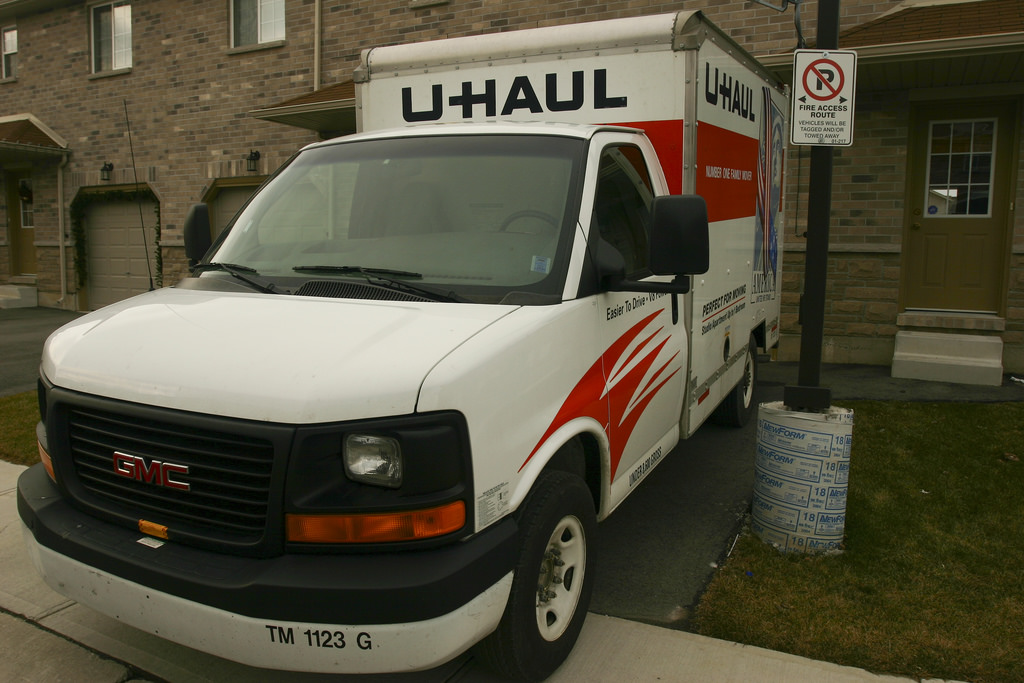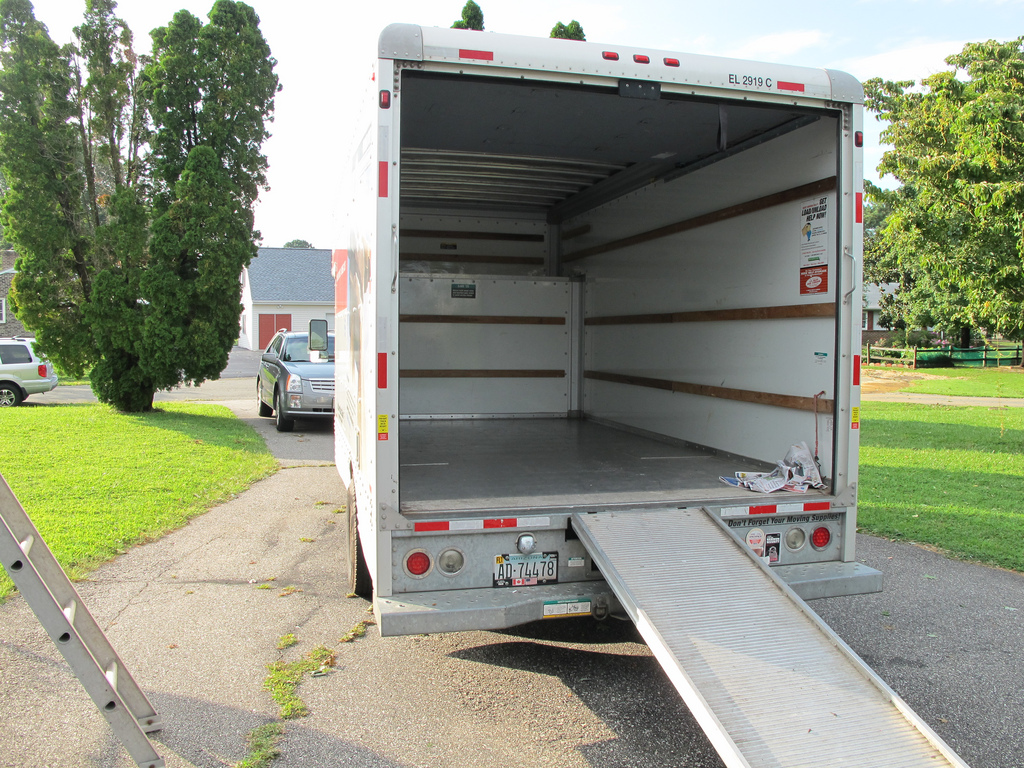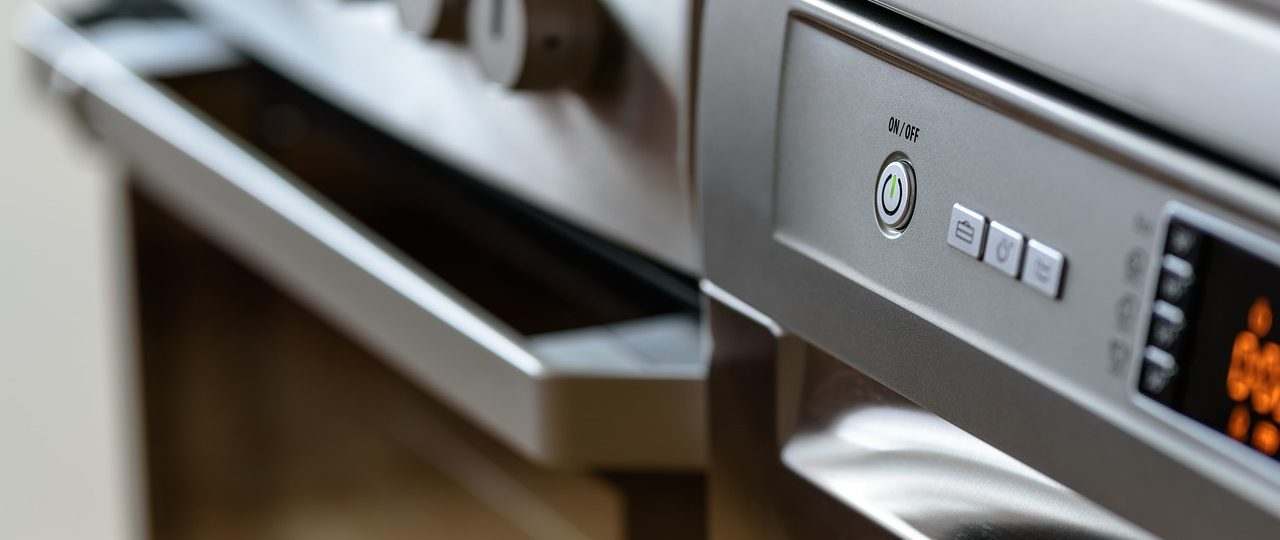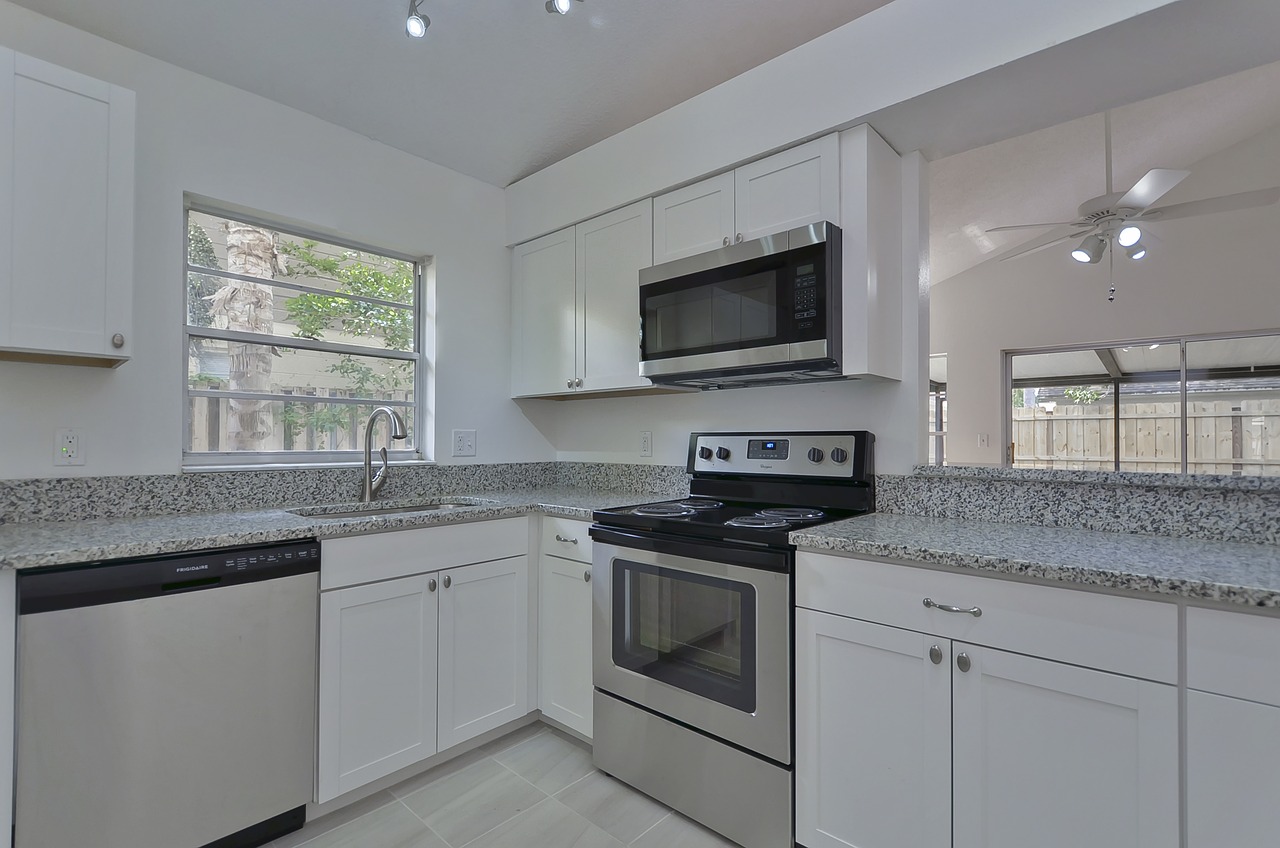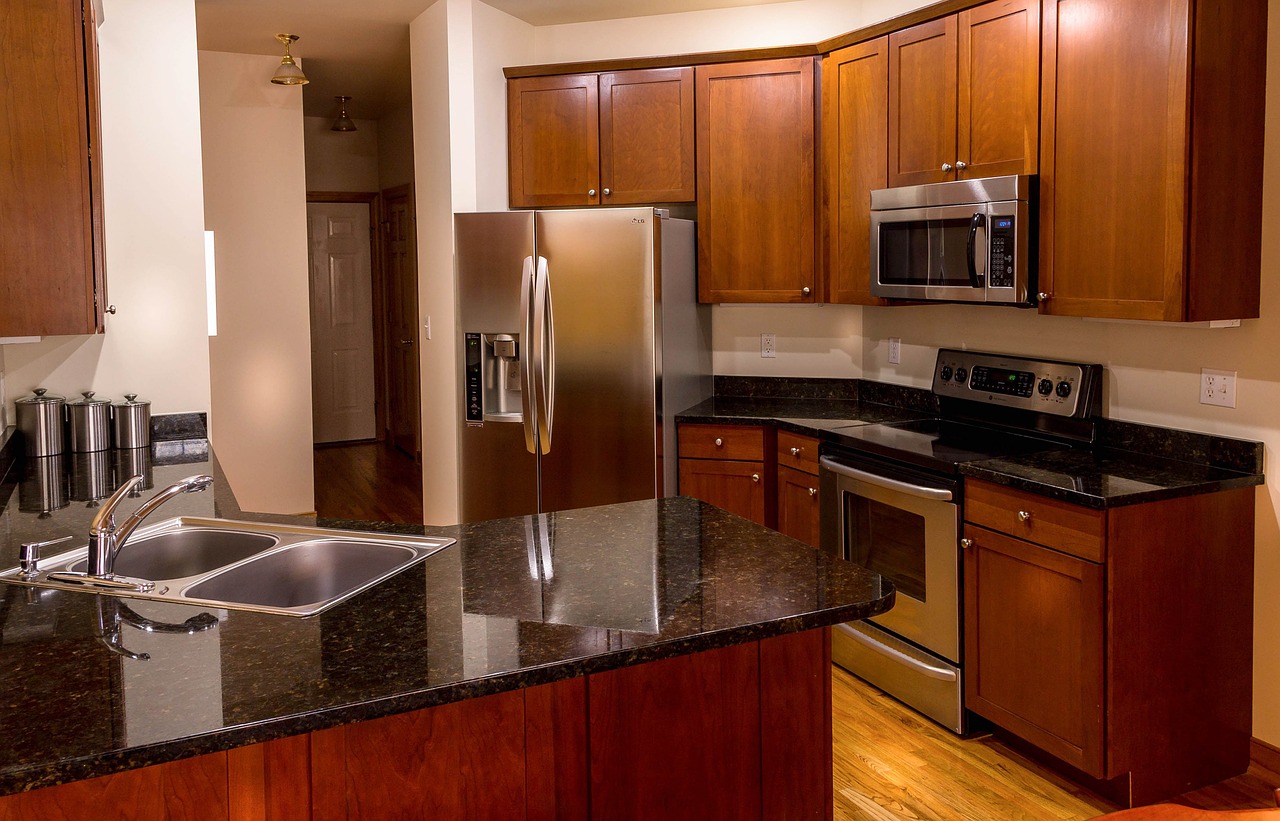Planning to move outside of your state can be a daunting and nerve-wracking event. There are so many things that can go wrong, plus, moving out of state is a big decision for anyone regardless of how many times you’ve ever moved. The good news is there is a way to relocate without any major issues successfully. In this article, we share with you the best tips for a smooth transition for your long distance relocation from some of the best moving companies in Sacramento, CA.
Condense Your Belongings
It may seem ideal to lug everything to your new home, but the reality of the situation is it’s far from efficient. Everyone has things they don’t need or don’t use yet those things take up space in our homes. The more things you relocate with, the more difficult packing, unpacking, and the higher your costs will be.
Check every room including storage spaces for things that you can either sell or give away to family, friends or charity. Consider the place you’re moving to, the things you have more than one of, broken items, and things you have been holding on to for no real reason. You may also want to part ways with large and bulky items like furniture to save on your moving costs.
Consider Your Travel Methods
Now that you’ve condensed your items, it’s time to figure out how you’ll get them to your new place. Since there isn’t a right answer for if you should fly or drive, you will have to consider:
- The time you have
- Number of things you have to bring on your own
- Size of your family
- Budget
- Driving takes the most amount of time, and you may need to pay for hotel stays and food during your trip. On the other hand, you can take much more with you, it’s way cheaper, and you and your family will get plenty of bonding time.
- Flying can be more expensive and doesn’t allow you to bring as much with you. It is faster, easier and safer, though.
Make an Inventory List
A home inventory sheet will give you a clear idea of exactly what you’re taking with you to your new home. The best inventory sheet will include details such as value, model number, condition, designated location, and even photos of each item. This is especially important if an issue comes up with your movers and you need proof. Photos are also a huge help when it comes time to unpack so you’ll know exactly where everything goes and how to reassemble furniture and complicated wiring.
Pack Like a Pro
Now it’s time to pack! Packing is the most important part of relocating. The way you pack affects whether you get everything you need, how your things are transported, and the level of ease (or difficulty) unpacking will be. That’s why it’s time to pack your belongings like a pro! Here’s how to do it:
- Use proper protection for fragile items. Don’t wish for the best, think ahead and make sure your stuff is well-cushioned for accidental drops, bangs, landings and bumps during transport.
- Use quality moving boxes. When it comes to long-distance moves, you want to be prepared. Don’t risk damaging your items by using old and worn boxes and containers that may not hold up during your move. Also, don’t forget to line your boxes, pack them to the top and tightly seal them.
- Label every box with its general contents, the name of the room those items will go in, your name and address, and handling instructions.
- Wrap your furniture and large items with bubble wrap or moving blankets.
- Separate your essentials so that they can travel with you versus the long distance movers (e.g., documents, emergency medications, valuables).
Moving far away is a challenge but follow these tips for a smooth and efficient long-distance move, and you’ll avoid many mistakes people make when moving. Do you have any other tips to add? Have any of these tips helped you? Let us know in the comments, happy moving!

